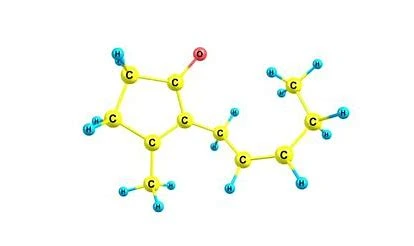News Details

Regulation of VOC Emissions in Mexico's Production Processes: A Step Towards Environmental Sustainability
In a significant move towards environmental sustainability, Mexico's Ministry of Environment and Natural Resources has taken a proactive stance by introducing a draft technical standard aimed at regulating the emissions of volatile organic compounds (VOCs) in production processes and auxiliary services. Published on July 17th, this standard signifies a crucial effort to curb pollution and mitigate the adverse effects of VOC emissions on both human health and the environment.
VOCs are a diverse group of carbon-based chemicals that can evaporate into the air and pose a significant threat to air quality. They are emitted from a range of sources including industrial processes, vehicle exhaust, and the use of solvents and paints. Once released into the atmosphere, VOCs can contribute to the formation of ground-level ozone and smog, both of which have been linked to respiratory issues and other health concerns.
The newly proposed draft standard lays out a comprehensive framework that industries operating within Mexico would need to adhere to, emphasizing the importance of reducing VOC emissions to safeguard public health and the environment. The heart of this standard lies in establishing annual threshold limits for various sectors operating in the country. These limits, measured in tonnes, would serve as a clear metric for industries to gauge their emission levels against.
However, merely setting limits is not the only aspect of the standard. The proposed framework goes beyond quantitative restrictions and delves into requiring industries to provide a comprehensive set of information to regulatory authorities. This information includes the list of equipment or activities emitting VOCs, technical specifications, functionality within the production process or auxiliary service, annual operating hours, and the list of solvents used along with their detailed chemical information.
Moreover, the draft standard acknowledges the importance of transparency and accountability. Industries falling within the ambit of this regulation would need to maintain an operations and maintenance log that documents daily and annual consumption of VOCs. These logs not only ensure consistent tracking of emissions but also serve as tangible records for monitoring compliance over time.
One notable aspect of the proposed standard is its forward-looking perspective. The authorities have recognized that emission reduction is a journey, not an instantaneous achievement. Therefore, the standard mandates industries exceeding the established emission thresholds to develop and implement a schedule outlining specific actions to reduce their VOC emissions. This provision aligns well with the global trend towards sustainable industrial practices and acknowledges that emission reduction is often a phased process that requires careful planning and execution.
Crucially, the Mexican government has also recognized the importance of public participation in shaping environmental policies. The draft standard is open for public consultation, inviting input and feedback from stakeholders and citizens alike. This inclusive approach ensures that the regulations are well-rounded, practical, and sensitive to the needs and concerns of various sectors of society.
For those interested in contributing, the window for submitting comments is open until September 15th.
We acknowledge that the above information has been compiled from Secretaria de Medio Ambiente.


